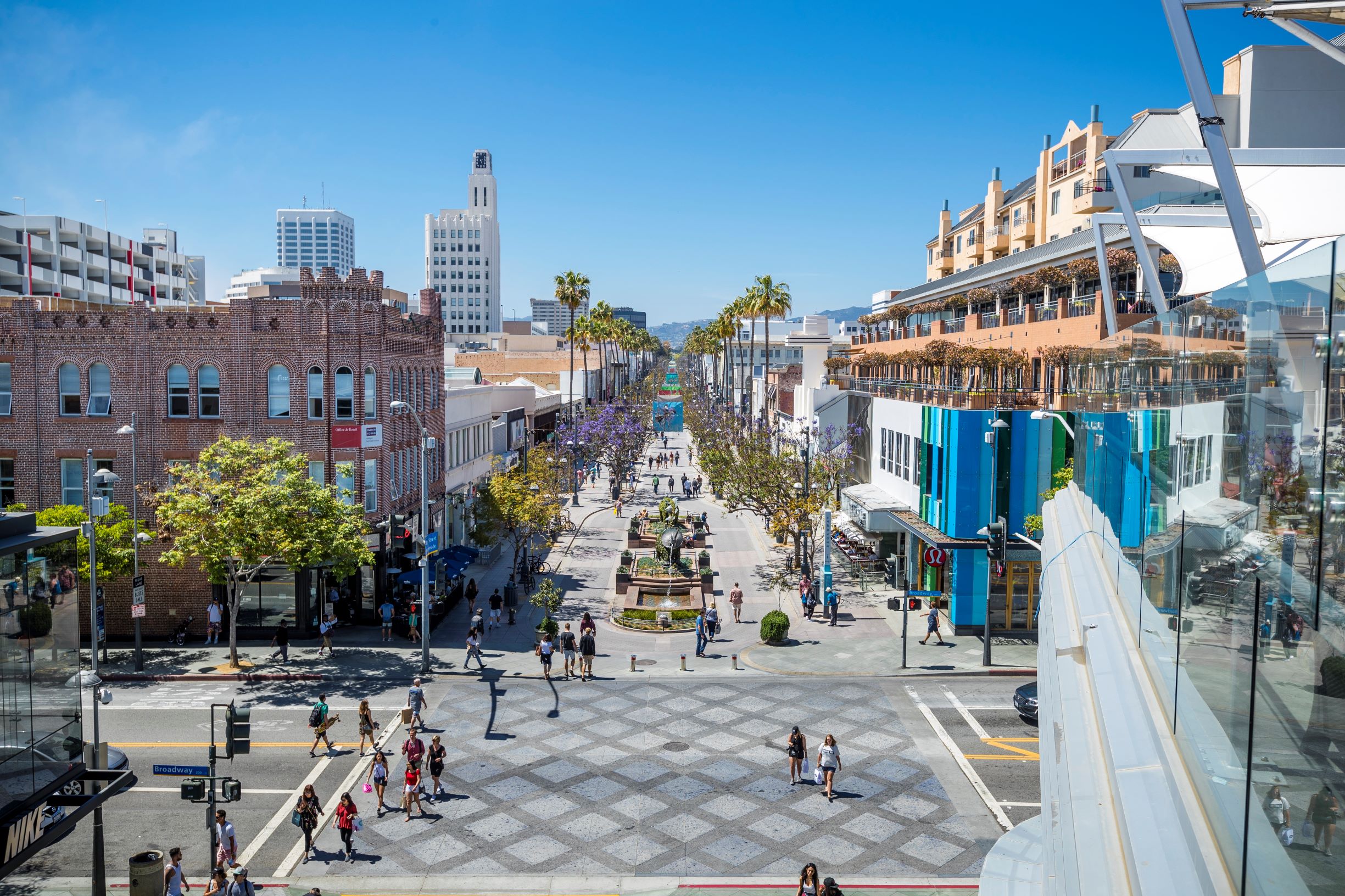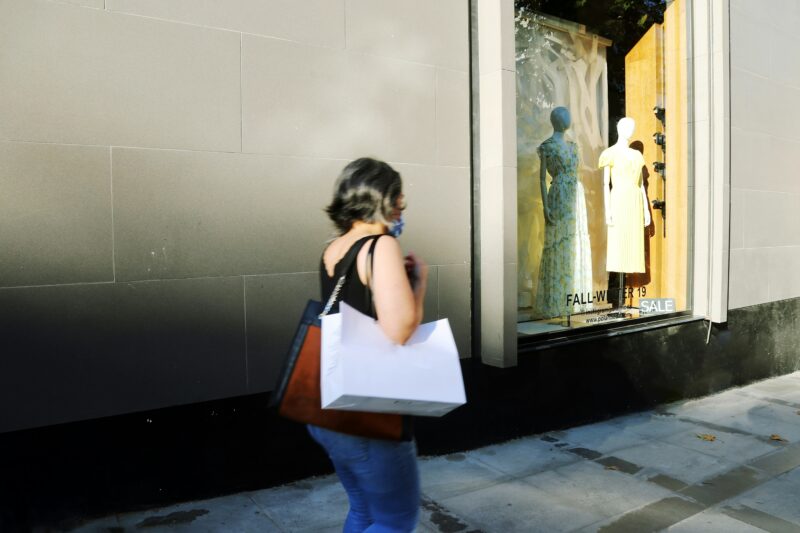Vibrant city shopping
When I arrived in Rundle Mall as the Mall Manager, I knew there would be challenges due to the diverse private and public ownership of the precinct and other external factors. I had been managing and marketing Westfield shopping centres including Marion and Tea Tree Plaza for ten years, where management controlled everything from the temperature and safety to marketing, business mix and customer experience.
Although there were some similarities between the Mall and enclosed shopping centres there were also many differences. The weather played a big part in the number of customers on a given day, although we didn’t count them until electronic counters were installed (I like to measure things). All of the arcades and centres adjoining the Mall had air-conditioning similar to indoor suburban centres, it was only the paved Mall area that was affected by heavy downpours or 40-degree heat.
Despite the changing conditions customers expected to shop and meet in a clean, well-presented and safe environment. The small Rundle Mall Management team were responsible for marketing, event activities and working with retailers while Council managed the cleaning and maintenance. A Committee made up of retailers, property owners and Council met each month to discuss issues and review activities. I was keen to research how other City Malls and City centres worked to improve the customer experience and the performance of their businesses.
I searched for examples of outdoor Malls that achieved excellence in design, marketing, events and business mix. I discovered Third Street Promenade in Santa Monica and I analysed the planning and delivery of operational and promotional activities. The Promenade (pictured) was managed by an independent corporation and the vacancy level was very low and businesses were doing well.
The Promenade had been through difficult times due to the shift in customer sentiment towards enclosed shopping malls and it had to reinvent itself. The mix of businesses was carefully reviewed and 25 new restaurants and cinemas were approached to locate along the Promenade in addition to many new independent small retailers. Taking a proactive approach to developing a business mix is not common, but the Bayside District Corporation implemented the plan successfully. In addition, I travelled to Philadelphia to spend time with the Master of City Management Paul Levy where my appetite grew for managing and developing vibrant Cities.
Philadelphia fought back from extreme homelessness, crime and boarded up shopfronts to a well organised, safe and beautifully presented City. The City management group was continuously working on key projects to improve the City Center to attract more customers and support City retailers to maintain a good quality mix of successful businesses. When the City Management Model was proposed there was quite a bit of opposition but after a 3 year pilot program the number of supporting property owners was almost 100% due to the benefits they received.
In addition to supporting new businesses to set up in the City, the BID group delivered marketing that reinforced the City shopping, dining and entertainment brand to customers. A consistent brand that represents the collective strength of all City businesses has stronger cut through to customers than individual inconsistent messages. The City brand represented the unique areas in the City including the Historic District, Rittenhouse Row and Center City East similar to Rundle Mall, the East End or City West.
The message was loud and clear. The way to improve a City centre or mainstreet was to create partnerships that utilised the collective strengths of individual businesses and property owners sanctioned by the public sector. Cohesive plans that deliver management, marketing, business mix development and streetscape projects can be managed by these partnerships for the benefit of customers and stakeholders. Outdoor environments such as streets and City centres need much more focus than a cocooned indoor shopping centre environment.
The three key elements must be in place:
(1) Professional, effective management and a business plan
(2) Sufficient resources and funds to deliver the plan
(3) An effective Committee or Board with skills and appropriate representation
A Business Improvement District (BID) is a place-management model focused on delivering benefits to a defined business area funded by businesses in that area. A management team deliver services over and above Council services for their business area. The funds are raised as an investment in the future of the area and BIDs have provided a very effective mechanism for harnessing the collective strength of the mainstreet retailers and businesses. More customers are attracted to the mainstreet or business precinct and the result is lower vacancies and more successful businesses. The Heart of Auckland has managed to lower the vacancy rate to only 1.5% (pre-Covid) by delivering highly effective marketing campaigns and activities that benefit retailers.
Retail is evolving and people working from home and more online engagement will affect the mainstreets. We may see smaller shops and businesses who have adapted during these difficult times. However, businesses that collaborate and work together will be more effective in the long run. Businesses will be hungry to win back customers and lean well run partnerships are needed.
The City of Adelaide has a major opportunity to create a Citywide Business Model that could deliver a collaborative and coordinated approach on behalf of all City businesses. The Adelaide Business Collective has been promoting the benefits of creating a new partnership that could deliver programs that harness the collective strength of City businesses. A significant amount of work has been done by the Adelaide Business Collective and Council to provide information for Council to consider. The future prosperity of the City centre relies on the introduction of this new advanced approach to making our City centre great.




